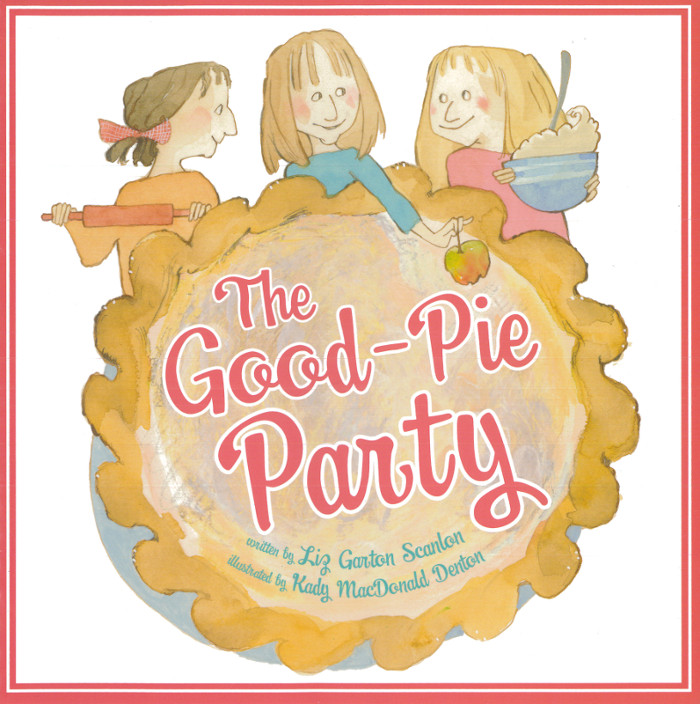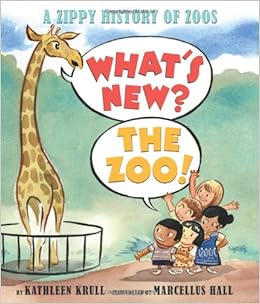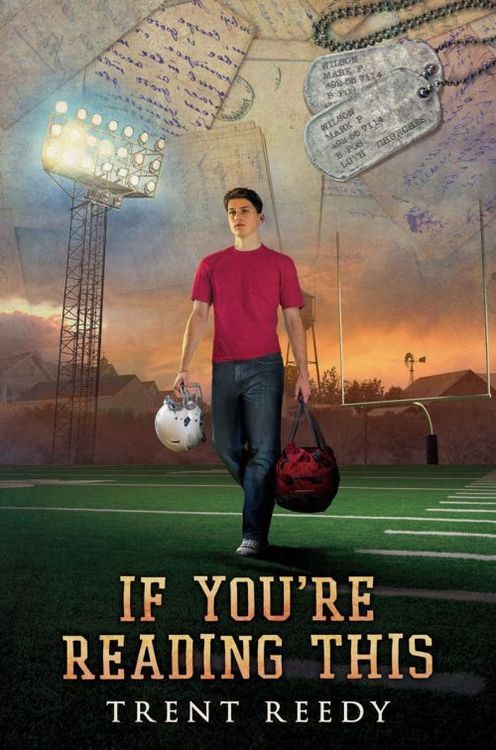PSA for Writers: Even if you usually skip the Q&As on this blog, you should read this one, particularly what Trent has to say about the Bechard Factor below.
Tell us the origin story and history of Stealing Air.
Stealing Air is a story I have been working with on and off for
about twenty years. It began as a very short and simple story that was
my response to a sixth grade English class assignment. Our challenge
was to write any story we wished about "Freaky Frankie," this cartoonish
Frankenstein's monster we were shown. I knew all the other kids would
come up with scary or Halloween stories, so I wanted to write something
different. I wrote a piece called "Flyboys," in which Frankie was just a
tough guy who picked on three boys whose passion was building a tiny
skateboard-mounted airplane that two of the boys hoped to fly around
on. "Flyboys" was a big hit, and I was asked to read it at a sixth
grade Halloween party.
I never let go of the core idea for that
story, and sometime in my early twenties, I expanded "Flyboys" into a
novel-length manuscript. In the novel version, I developed the
skateboard-based airplane, added a neat friendship dynamic, and gave the
protagonist a romantic interest. I had high hopes that this would be
my first published novel.
However, when I was sent to Afghanistan
with the Iowa Army National Guard in support of Operation Enduring
Freedom, all of my plans changed. I became fascinated by the country I
had been sent to help reconstruct, and I made a vow in my heart to one
particularly inspiring Afghan girl, promising I would do all I could to
tell her story. Thus, instead of
Flyboys, the adventure story of
three sixth-grade boys from Iowa who become friends while building a
plane in a secret workshop, my first published novel was
Words in the Dust, the story of a young Afghan girl who struggles to find peace and lasting meaning in post-Taliban, Afghanistan.
Writing
Words in the Dust
was a very serious, emotionally demanding process, and so when I set
out to write my second novel, I needed something more light-hearted and
adventurous.
Flyboys was just the right story. However, reading
that old novel-length story after all I had learned at the Vermont
College of Fine Arts and after what I’d learned working with you, I
realized
Flyboys would need to be completely rewritten. Most of the plot and characters remained the same, but the resulting novel
Stealing Air is incredibly different, a lot better than its prototype stories.
How was writing your second novel both different from and similar to writing your first?
The
process of getting a novel published can be very difficult and usually
requires a lot of work. In my long journey to publication, I felt ready
for the extensive revisions I would have to do to prepare my first
novel
Words in the Dust for submission to publishers. There are many magazine articles and blog posts about this.
What
the articles and blogs did not prepare me for was the awesome amount of
work in revision that takes place after signing the book contract. The
course of revisions and copy edits was exhausting but exhilarating.
When it was over and
Words in the Dust was a real book on the shelf, I was pleased with the result, knowing I had done my very best with that novel.
In
life we often have the tendency to look at the past with a filter that
can remove from our immediate memory a lot of the difficulties and
hardships we faced in a given time. This filter enables some people to
long for the “good old days” of high school which can be remembered with
fondness, as long as they don’t think about all the old social
pressures and tedious homework assignments.
I think to a certain
extent, I was looking back on my first novel experience with a similar
filter. I dove into writing and revising
Stealing Air with the
idea that I was a more experienced writer, thinking that the process
should be smoother and easier. What I learned is that, for me at least,
every new novel presents its own unique complications. It’s like
starting over. And how wonderful is that? I loved the challenge of
writing and revising
Words in the Dust. After the initial sense of surprise and frustration in dealing with
Stealing Air’s issues, I eventually embraced my chance to relive the “good old days” of preparing another novel for publication.
Who were your best friends when you were in sixth grade? What was the worst trouble you ever got up to together?
I love that quote from the old film
Stand By Me: “I never had any friends later on like the ones I had when I was twelve...does anyone?”
I’ve
been blessed in my life with many great friends, so I don’t want to say
that the peak of my friendships was in the sixth grade, but it was a
special kind of friendship in fifth and sixth grade. Maybe it was
because hanging out with the guys in those days was so new. For the
first time, we didn’t need our parents looking over our shoulders so
much. Everything felt very new and full of potential.
We’d head
out of town on the old abandoned railroad tracks, and find our own world
away from adult influence, at the Runaway Bridge, this limestone
railroad bridge that crossed a little creek. There we would mess
around, trying with little success to avoid falling into the water and
mud. Unfortunately, this bridge has since been destroyed, but I keep a
piece of its limestone on my bookshelf as a reminder of those times.
We
never found ourselves in too much trouble, but I remember sometime
around sixth grade, I was staying overnight at my friend Tim’s house.
We always thought it was fun to sneak out after his parents had gone to
sleep. I don’t know why this seemed like such an adventure. In a
little farm town with just over 1,300 people, there wasn’t much to do
late at night. I know that for some reason we were terrified of being
caught by Dysart’s lone police officer. On one night we had sneaked out
with illegal fireworks, a few “black cats,” and planned to set them off
at different places around town. It was a breezy night, so we had
trouble getting the fuse to light. Our bright idea was to simply
shorten the fuse. As a result, the thing went off before we had our
chance to make a getaway. It was a tiny little pop, really, but we were
sure everyone in town had heard it, and that the cop was on his way.
We sprinted away from the scene of our crime, running through the dark
and crossing a street by the elementary school.
From behind me, I
heard the sound of a traffic sign rattling as if Tim had slapped it
while running past. I turned and hissed at him to keep the noise down,
but he was no longer following me. I went back, and found him lying in a
fetal position on the pavement. As I whispered frantically, trying to
get him to get up and run so that we could avoid capture, he just let
out the pained, sickening groan that all boys come to understand at
least once in their lives. “I racked myself,” he said. Tim had hit the
sign pole at a dead sprint, the steel crushing him all the way down to
where it filled his whole body with a guy’s cold dull paralyzing pain.
After a while, I managed to get him back on his feet so that we could go
back to his house, but for the rest of the night he kind of just stared
off into space, not the same guy.
Plot, character, stakes,
voice, theme, setting . . . What aspect of the novel did you struggle
most with, and how was that resolved? Which one came most easily on this
book?
One big advantage I had with
Stealing Air is
that after so many years, I was very familiar with the characters and
the settings, having lived in Riverside, Iowa for nine years, and small
Iowa towns like it for my whole life.
The biggest challenge was
in determining what was at stake for the characters. My initial draft
simply accepted that Brian and Alex would want to get their airplane
flying simply because flying is so cool. That may be true, and it may
be the way Brian, Alex, and Max would all really feel, but story reality
is a bit different from real reality, and you helped me understand that
for the reader to care about whether or not the boys could make their
plane fly, there had to be serious consequences or rewards for success
or failure.
We tried several different options before centering
the stakes on the Plastisteel plane being the key to saving Brian’s and
Max’s parents’ company. This worked out great, because it required that
I keep bringing back Mrs. Douglas, a surprise character who hadn’t
appeared in earlier versions of the book. I love that character, and my
only regret with Mrs. Douglas is that I couldn’t figure out how to
bring her into the book even more.
You and I talked a lot
about what you call “the Bechard Factor” on this book. Could you
describe that for me and how it played out here?

I
had the honor of working under the guidance of author Margaret Bechard
in my final semester at the Vermont College of Fine Arts, while I
revised
Words in the Dust. In that novel, a character named
Meena befriends the protagonist Zulaikha, teaching the girl to read and
write, introducing her to classic Persian poetry.
In early drafts, Meena had no name, was blind, and lived in a cave. Margaret asked me why she had to live in a cave. Why was she blind? Why did she not even have pencil and paper for Zulaikha to use in her lessons? I explained that the woman was old and her sight had just gone, that she lived in a cave because her house had been destroyed in the war.
Margaret Bechard patiently explained that she wasn’t asking me what fictional circumstances within the story made the nameless blind woman live in a cave, but that she wanted to know
why I had chosen to make this character be this way? What did the story gain by my making the character that way? She was asking me to consider how the story would be affected if the woman was very different.
I eventually named the woman after the Afghan feminist martyr Meena, letting Meena live in the back of her own sewing shop. This improved believability and made it much easier for me to get Zulaikha away from her house for her lessons. It was, however, difficult to make those changes, to look at the plot and characters from outside the story, to break away from the way the story was first written and revise for the best effect. The difficulty of the act of looking at the story from the outside to consider radical changes from early drafts is what I have dubbed the “Bechard Factor.”
Stealing Air had been with me a lot longer than
Words in the Dust. By the time I began revising it, I had been kicking around the original draft of the novel in my head for a decade. So when Cheryl asked me why Brian wants to fly this experimental plane, why Brian wanted to make friends so much, and why Brian’s family had even moved to Riverside, Iowa, I struggled to find answers. The answers had been so self evident in the story as it had been for so long that it was a challenge, once again, to step outside of the story and consider new possibilities.
Stealing Air is far richer after overcoming the Bechard Factor. In the original version, Brian moves to Riverside with his mother after his father has abandoned his family. Reasoning that such abandonment would be too emotionally heavy, I changed it so that the family moved to Riverside after Brian’s father lost his job. But then the father was too depressed. Finally, when I needed another reason for Brian needing to fly the experimental plane, it was decided that Brian’s father moved to Riverside to start a company with Max’s mother. That was a breakthrough change that really brought a lot of elements together very nicely.
If you could own any plane, what would it be? And what’s your favorite skateboard trick?
There are a lot of planes I would love to try out, but if I could own one, I think I would absolutely love the world’s smallest twin-engine airplane, the low-winged Colomban Cri-Cri:
http://www.youtube.com/watch?v=knb3qNq-Uho
I really admire people like Brian who can pull off amazing skateboard tricks. When I was younger, I had a cheap skateboard that I bought secondhand. I would mostly challenge myself to downhill runs where the skateboard would be zipping down a steep hill very fast. Fortunately, I lived in Iowa where the hills aren’t too extreme. There are hills and mountains where I live now in Spokane, Washington that are tricky in a car. I would never attempt them on a skateboard. There are a lot of skateboard tricks I would never attempt, but I think the people who do are kind of like superheroes.
http://www.youtube.com/watch?v=3_1Y8UoLIu4
Check out Trent's website for more on Stealing Air, Words in the Dust, and his videos and media!































